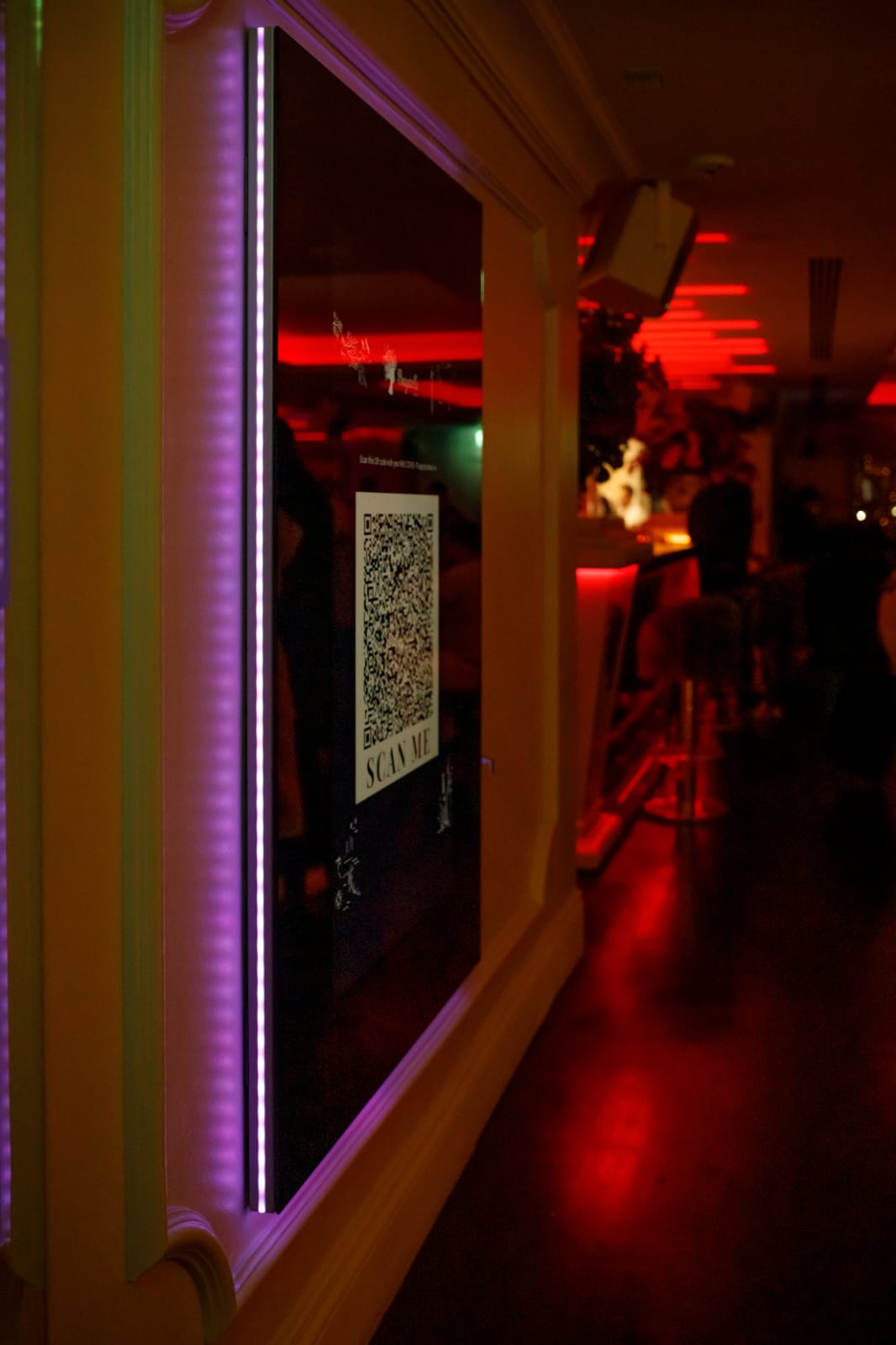Barbara Jarabik: Focus on quality, not quantity. It’s better to have a small number of high-quality leads than a large number of low-quality ones. When luxury brands mass market, they risk diluting their message and appeal. Create a Unique Selling Proposition. The best way to give your brand a competitive advantage is to create a unique selling proposition (USP). This is a statement that explains what makes your brand a unique product and why customers should buy from you instead of your competitors. Your USP should be based on your brand’s unique strengths and how those strengths can benefit the customer. For example, you could focus on luxury, quality, or customer service. Make sure that your USP is memorable and easy to understand.

Sales copy like this appeals to the deeper primal and emotional reason that a customer is purchasing a luxury product. It also allows them to imagine what it would be like to use the product which is a car in this case. This strategy is especially effective for items you can’t easily try like a vehicle. They state that the Cullinan has incredible comfort and space for creating unforgettable memories with friends. This can instantly make customers imagine what it would be like to visit a cottage or road trip in this car.
Facebook Ads are one of the most effective forms of online advertising, thanks to the high level of segmentation and targeting that you can do. You could, for example, target ads specifically to married 35 year old males from Paris who like the brands Prada, Gucci, and Versace. You can even go one step further and target people by what college they attend, where they work, what their job title is, what music they listen to, and much much more.
You’ve written ads to catch the eyes of affluent searchers. You’ve negated keyword modifiers that imply discounted pricing. Now let’s dive into income-based geo targeting. This is another truly phenomenal way to cut wasted spend and ensure the ads you’re paying for end up in front of the right people. How do you make that happen? Simple. According to Google, income-based location targeting is “based on publicly available data from the US Internal Revenue Service (IRS), advertisers are able to target ads to certain areas according to their average household income.” When you created a customer profile, detailing your ideal consumer, average household income was probably something you considered. It’s part of how you determine what you sell and how you sell it. Now you can leverage IRS data to help you to discover and advertise to these fine folks. And the best part? You can layer income-based targeting with your other location targeting for maximal effect. This means you don’t have to wholly exclude areas that fall outside of those designated as having higher household incomes; you can create separate campaigns (ensuring your budget is skewed towards geos in which the likelihood of your ideal prospects living there is greater) or just use bid adjustments.

While I appreciate the need for stylistic design, luxury brands need to invest in websites that are also intuitive and well desgined from a user experience perspective. Aston Martin and Versace are both great examples of what luxury brands should be doing with their websites. Their websites are visually stunning, while very easy to use, and highly functional. In his book ‘Start With Why’, Simon Sinek explains how great marketing starts by explaining why they exist. Despite this, the majority of brands still market their products by explaining what they do. Take Apple for example. Here’s a paraphrased excerpt of how apple communicate with their customers. Find extra information on https://medium.com/@barbarajarabik.
Digital signage mirrors are another way for luxury brands to advertise efficiently : The world digital signage mirrors market was estimated at USD 780 million in 2021. The global market is expected to grow steady at a CAGR of 12.21% to reach USD 910 million by 2023. Digital signage mirrors can greatly increase individual efficiency by choosing outfits as per weather updates while also offering bus and train schedules (including traffic updates). Digital signage mirrors in smart homes, planes, commercial spaces, hotels, etc. are designed to be connected to users as well as with different devices around. Energy efficiency is one of the major advantages that will drive the adoption of digital signage mirrors.